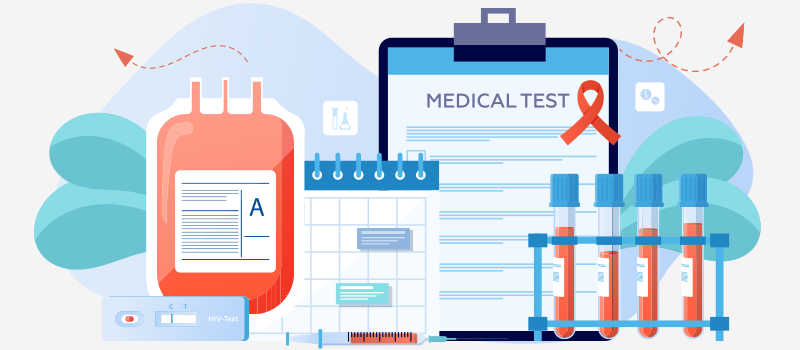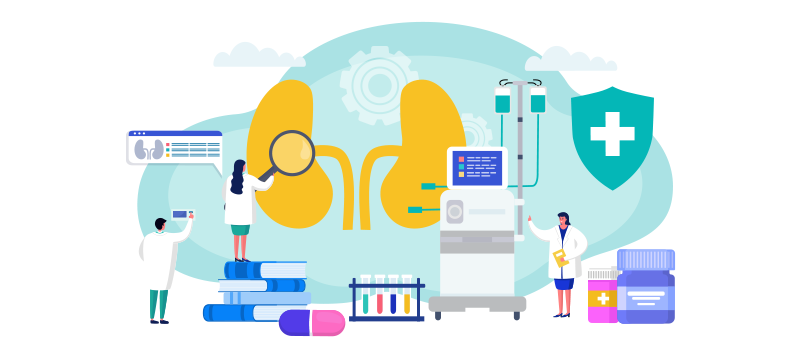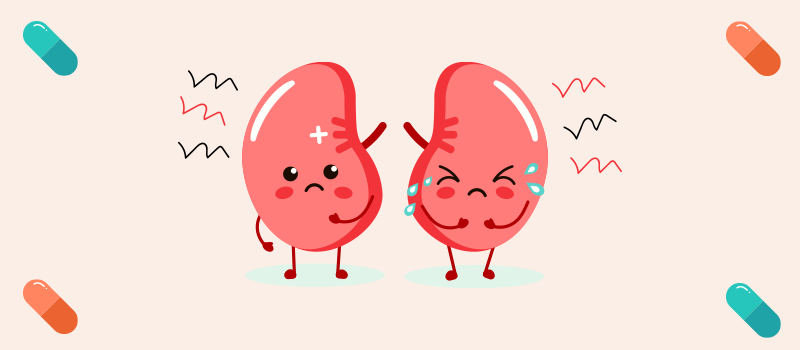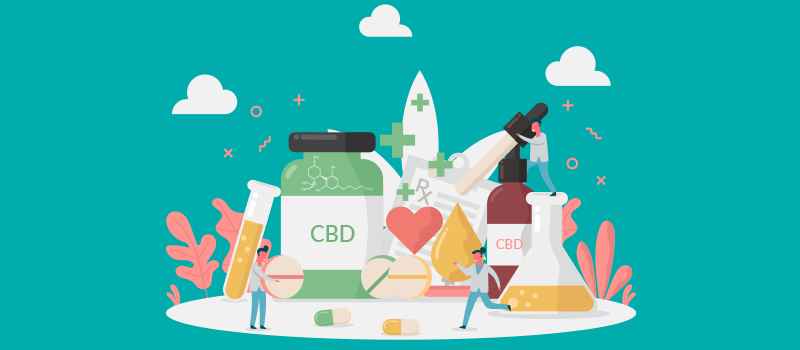What’s the Buzz
The Bee Healthy Blog
What Are the Stages of Chronic Kidney Disease?

Chronic kidney disease (CKD) is a condition in which there is long-term damage to the kidneys that can gradually get worse over time. The purpose of understanding the stages of kidney disease is to guide management, including stratification of risk for progression and complications of CKD. In the advanced stages of chronic kidney disease, the damage to the kidneys can be bad enough that the kidneys stop working – this is called end-stage renal disease or kidney failure. People whose kidneys have failed need dialysis or a kidney transplant to survive. An estimated 37 million Americans are living with chronic kidney disease.
The most common causes of chronic kidney disease are diabetes, drug toxicity, auto-immune diseases, urinary tract obstruction, and a family history of the disease.
Severe kidney damage and kidney failure do not develop overnight. CKD gradually progresses from very mild kidney damage to complete failure of the kidneys. The different stages of kidney damage are classified as the stages of kidney disease. These stages are numbered according to how well the kidneys are functioning to filter waste material and excess fluid out of the body. When a person has early-stage kidney disease, the kidneys can perform this function quite well. In the more advanced stages of kidney disease, the kidneys become less effective in eliminating waste.
Serum Creatinine, Creatinine Clearance, and Estimated Glomerular Filtration Rate (eGFR)
Creatinine is a waste product that is present in everyone’s blood. It is formed from the waste generated by muscles in the body. The level of creatinine in the blood is called the serum creatinine level. The normal level of creatinine depends on a person’s age, gender, race, and body size.
A value called creatinine clearance refers to the amount of creatinine found in a 24-hour sample of urine collected in a container and tested. Creatinine clearance measures how well the kidneys are getting rid of this waste product.
A key metric that is used to determine how well the kidneys are working is called the estimated glomerular filtration rate (eGFR). This is a value that is obtained with a blood test that measures the level of creatinine in the blood. However, the estimated glomerular filtration rate also includes the person’s age, gender, race, and body weight. The stages of kidney disease are based on the estimated glomerular filtration rate. As the kidney disease gets worse, the eGFR number goes down.
Stages of Kidney Disease
Stage 1 Kidney Disease: normal to high function
This is a stage of kidney disease in which there is mild kidney damage but normal kidney function. The eGFR is 90 or greater. This means the percentage of kidney function is 90-100%. An eGFR of 90 or more, therefore, indicates that the kidneys are working well and are healthy. However, a person with stage 1 CKD may have other signs of kidney damage, such as the presence of protein in the urine, which is an abnormal finding.
People with CKD stage 1 should eat a healthy diet, exercise regularly, stay at a healthy body weight, control their blood pressure and blood sugar levels, and avoid smoking to slow down the rate of kidney damage. Doctors may prescribe medications to help protect the kidneys in some individuals with stage 1 kidney disease. It may be necessary for such individuals to see a nephrologist (a doctor who specializes in diseases of the kidneys) in addition to their primary care physician.
Stage 2 Kidney Disease - mildly decreased function
This is a stage of kidney disease in which the kidneys are healthy and functioning well. However, there is mild kidney damage and mild loss of kidney function. The eGFR is between 60 and 89, meaning the percentage of kidney function is 60-89%. Other signs of kidney damage such as physical changes in the kidneys or protein in the urine can be present in people with stage 2 kidney disease. The ways to slow down kidney damage in patients with stage 2 CKD are the same as stage 1 CKD.
Stage 3 Kidney Disease (3A) mildly to moderately decreased (3B) moderately to severely decreased function
People with an eGFR between 30 and 59 are said to have stage 3 kidney disease. This means they have mild to severe kidney damage and the kidneys are not working as well as they should. The percentage of kidney function is 30-59% compared to healthy individuals.
Stage 3 kidney disease is further classified into stage 3A and 3B. Stage 3A indicates mild to moderate loss of kidney function with an eGFR between 45 and 59. Stage 3B indicates moderate to severe loss of kidney function with an eGFR between 30 and 44.
People with stage 3 kidney disease may not have any symptoms. If symptoms are present, they can include swelling in the hands and feet, urinating more or less than normal, and back pain. Because the kidneys are not working as well as they should, people with stage 3 kidney disease can develop additional health complications due to the build-up of waste and extra fluid in the body. Problems can include anemia, high blood pressure, and bone disease.
Treatment for stage 3 kidney disease includes controlling blood pressure and blood sugar levels, with medications if necessary. It is also important to eat a healthy diet and be physically active at least 5 days of the week for 30 minutes each day and to maintain a healthy weight. If you have stage 3 CKD, your doctor may suggest meeting with a dietician to work on a healthy diet plan. You will also be asked to see a nephrologist at regular intervals to have your kidneys evaluated.
For stages 1,2 and 3, the treatment is the same. The nephrologist will identify the causes of the kidney disease and treat them if they are reversible. Drugs like ACE inhibitors or ARB are prescribed to control blood pressure. The treatment is designed to slow the progression of kidney disease. Patients are also counseled on the importance of smoking cessation, protein restriction in the diet, and strict blood sugar control.
Stage 4 Kidney Disease - severely decreased function
When the eGFR is between 15 and 29, it is classified as stage 4 kidney disease. In people with stage 4 CKD, the kidneys are moderately to severely damaged and there is severe loss of kidney function (the percentage of kidney function is between 15 and 29%). This is the last stage of kidney disease before progression to kidney failure. People with stage 4 kidney disease are more likely to have symptoms and health complications from the kidneys not working. If you have stage 4 CKD, your nephrologist will start talking to you about preparing for kidney failure, i.e., starting dialysis or planning for a kidney transplant.
Stage 5 Kidney Disease - kidney failure
An eGFR of less than 15 is classified as stage 5 kidney disease. It indicates that the kidneys have failed. The build-up of waste in the bodies of patients with stage 5 CKD can lead to various symptoms such as muscle cramps, itching, nausea, vomiting, loss of appetite, swelling in the hands and feet, trouble breathing, problems sleeping, urinating more or less than normal, and back pain. Once the kidneys have failed, a person needs either dialysis or a kidney transplant. The treatment at this stage is dialysis and treating complications that appear.
Treating Kidney Failure
Dialysis is a procedure that does the work of the kidneys, i.e., it removes waste products from the blood when the kidneys have failed. There are different types of dialysis with varying impacts on daily life. During hemodialysis, the blood is transported through tubes into a machine where it is cleaned by a filter called the dialyzer. The clean blood is then transported back into the body through tubes. Hemodialysis can be done at a medical center or home with a home dialysis machine. The other type of dialysis, peritoneal dialysis, involves cleaning the blood using the peritoneum (lining of the abdomen or belly area) and a cleaning solution called dialysate. You can do peritoneal dialysis at home or work in a clean area.
A kidney transplant is a surgery in which a healthy kidney is transplanted from a donor’s body to your body. The donor can be a living donor who donates one of their two healthy kidneys. You can have a kidney transplant when your kidneys are close to failing and avoid starting dialysis at all.
CKD is often known as a “silent killer” because symptoms are rarely present before stage 3 or 4 - a point at which reversing the kidney damage can be extremely difficult or unlikely. Approximately 90% of people with CKD are unaware they have it and 1 in 3 Americans are at risk. Risk factors include high blood pressure, diabetes, obesity, heart disease, or a family history of kidney disease. It’s important to ask your doctor to check your kidney health with a simple blood and urine test. If you need help affording your medications for CKD or another condition, you can use our Free Prescription Discount Card benefiting the National Kidney Foundation to save up to 80% at the pharmacy.
References:
[1] https://www.kidneyfund.org/kidney-disease/chronic-kidney-disease-ckd/











SOCIAL